Atteignez de nouveaux sommets
Start learning today!
Montez en compétences et ayez un impact ! Votre carrière commence ici.
Il est temps de rejoindre un cours.
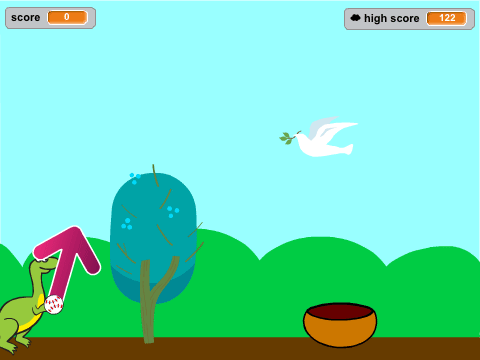
Through this course, kids learn essential programming concepts such as sequencing, loops, conditionals, arithmetical operations, logical operations and variables. They develop computational thinking skills as they break down problems into smaller steps, plan the execution of actions, and control the behavior of their programs.
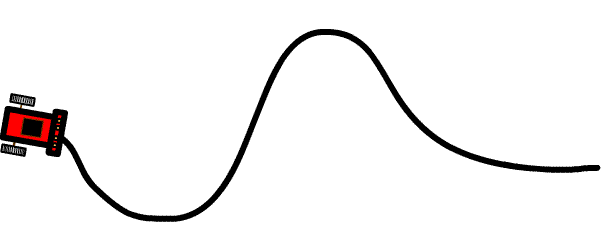
A line follower robot is a fun and educational project for kids that introduces them to the world of robotics and programming. This small robot is designed to follow a line on the ground using sensors and motors. Here's a brief description of a line follower robot for kids:
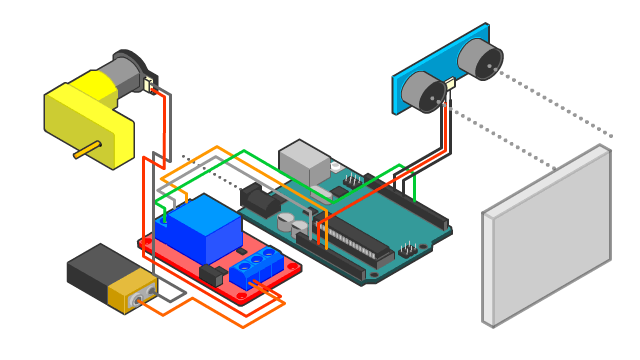
Arduino programming for kids involves using an Arduino board, which is a small electronic device, to create interactive projects. With Arduino, kids learn how to write and upload code that controls various electronic components such as lights, sensors, motors, and more. This enables them to create programs that respond to input from sensors, display information on screens, or control the movement of motors.
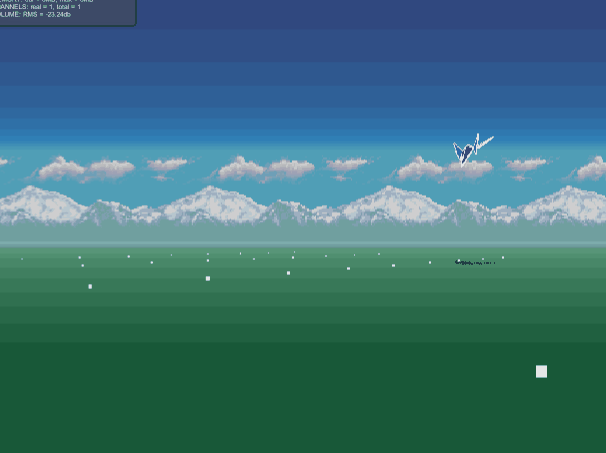
This hands-on course is designed to introduce students to the exciting world of game development and 3D design using PictoBlox. Students will learn how to design, build, and program interactive game environments starting with block-based coding and progressing to text-based Python programming within the PictoBlox 3D Design Studio.
Throughout the course, learners will create their own fully functional 3D game field – from laying the ground tiles to placing characters, objects, and rules. They'll gain practical coding experience, learn the fundamentals of logic, and see how games come to life both visually and technically.
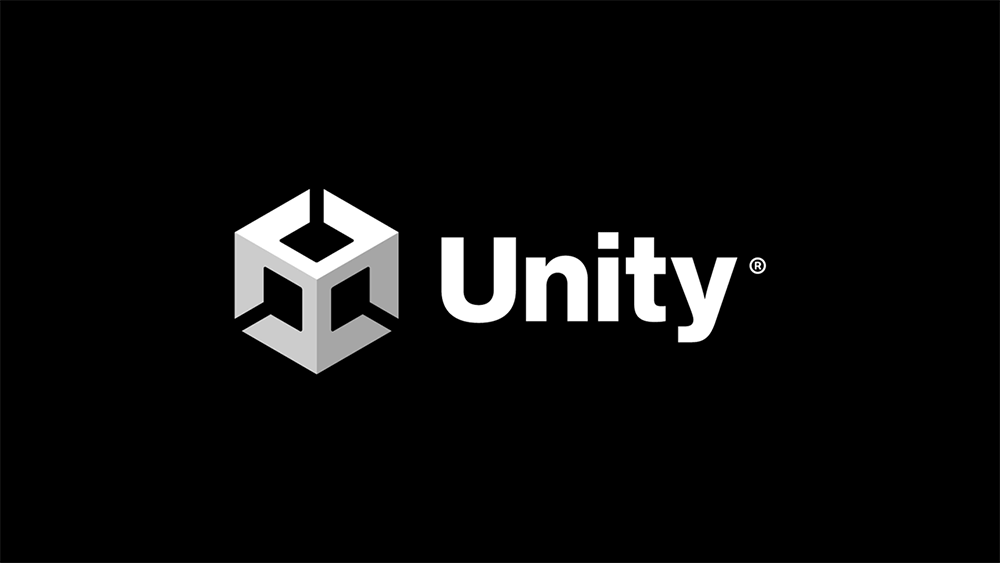
This course guides you from beginner to intermediate level in Unity for both game and VR development. You'll learn the basics of Unity's interface, game objects, and C# scripting. Key topics include creating 2D/3D environments, animations, user interfaces, and handling physics. You’ll also explore VR setup, interactions, and performance optimization. By the end, you'll be able to create and publish your own games and VR projects using Unity's powerful features.
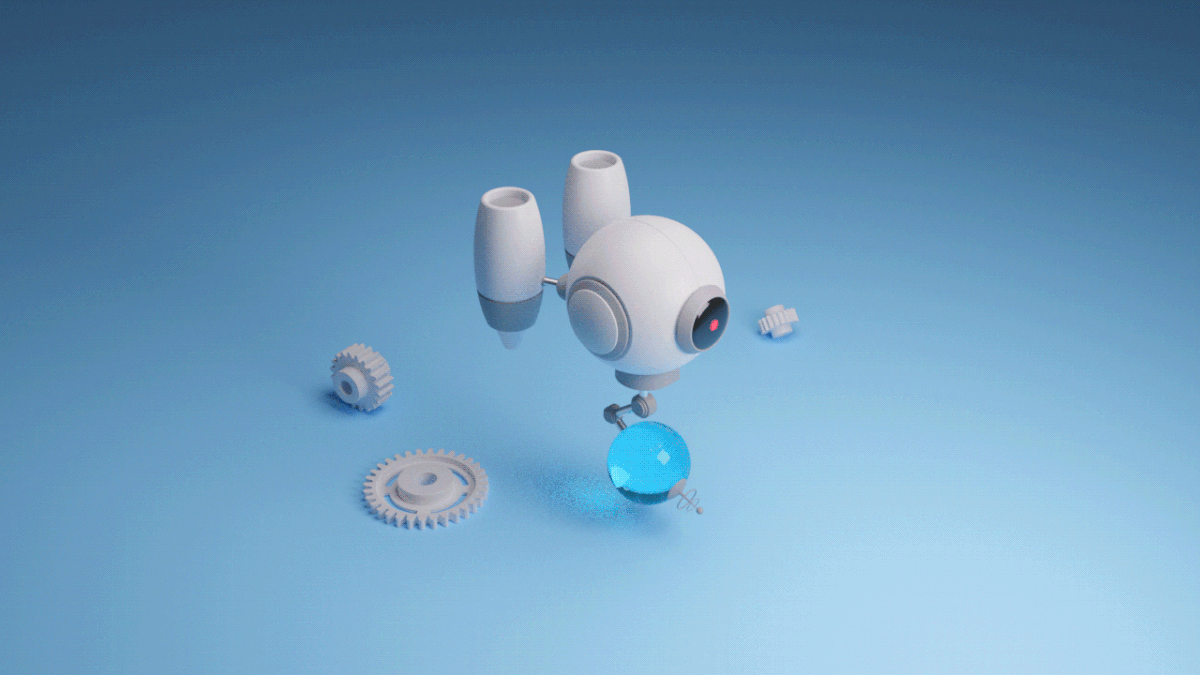
The course typically covers everything from basic interface navigation to advanced modeling, texturing, lighting, animation, and rendering techniques. It also includes sculpting for organic shapes, rigging for character animation, and applying special effects like particle systems and physics.
Students learn how to use Blender's powerful tools to model objects, create realistic textures, add dynamic lighting, animate characters, and render high-quality scenes. With hands-on projects, students gain practical experience, making the course ideal for aspiring 3D artists, animators, game developers, or anyone looking to explore 3D design.
